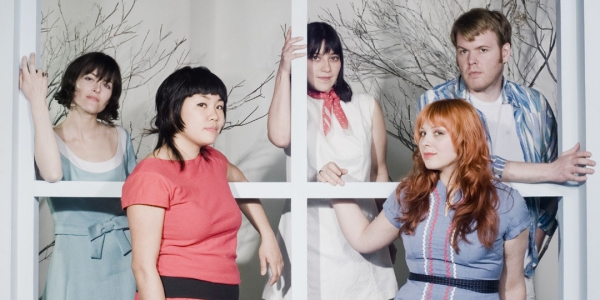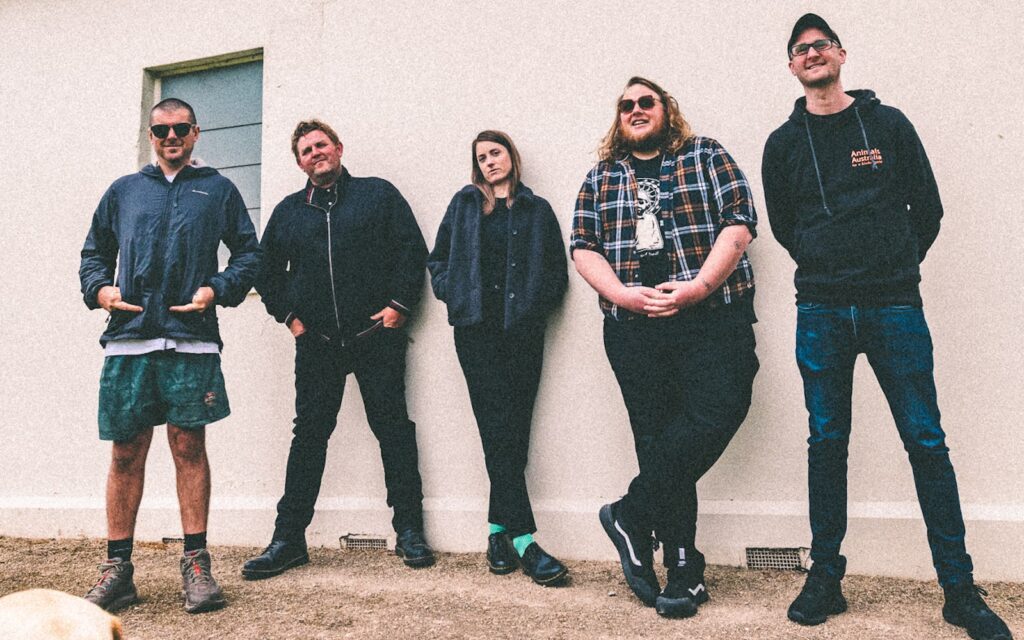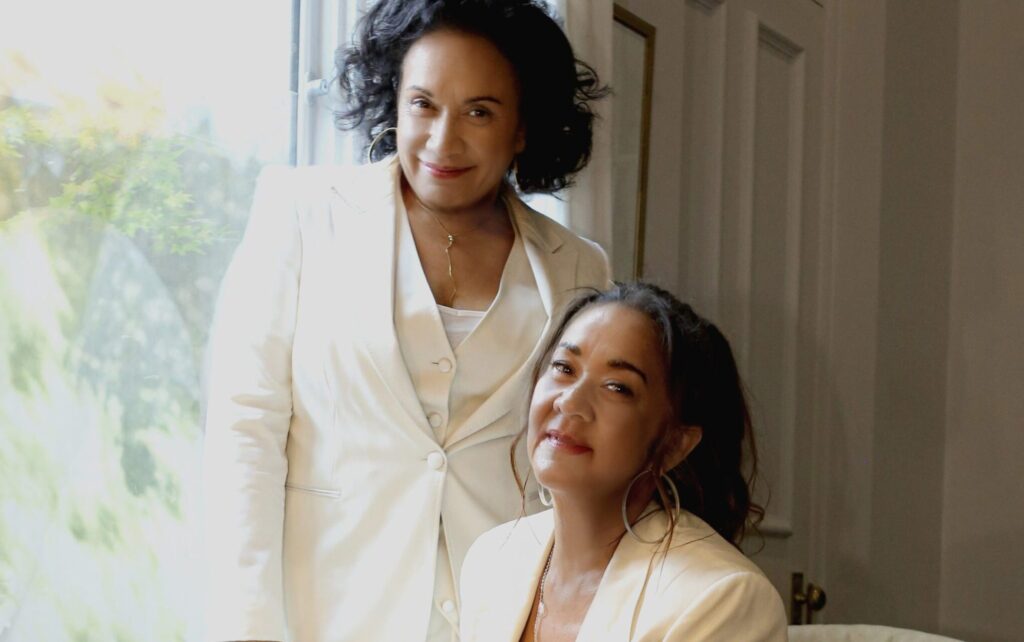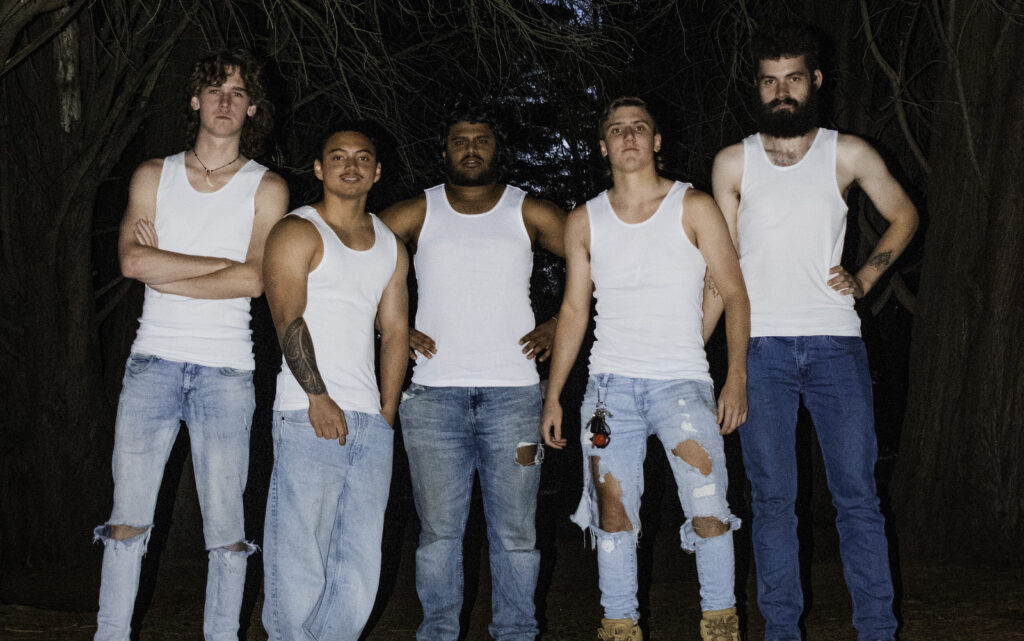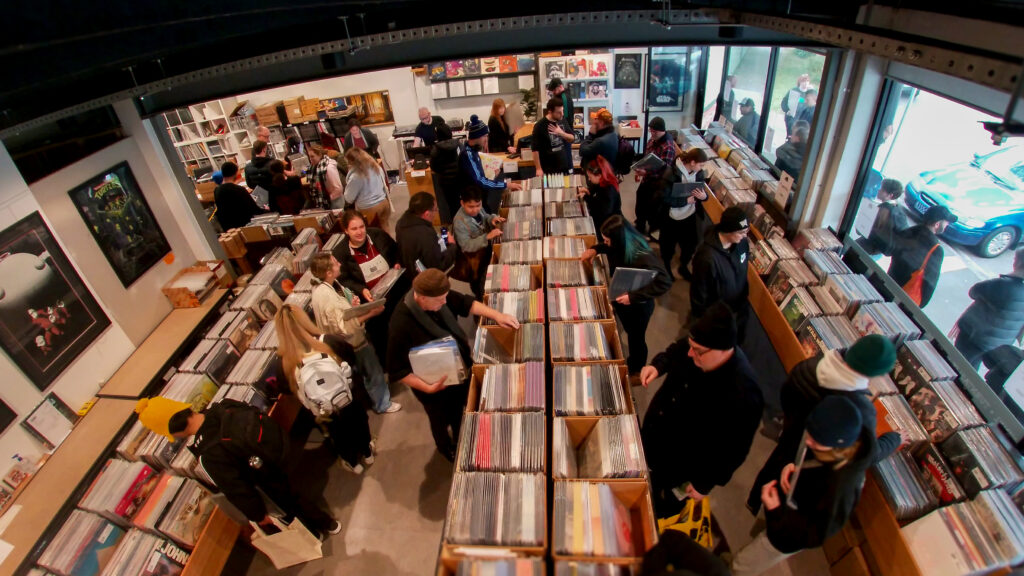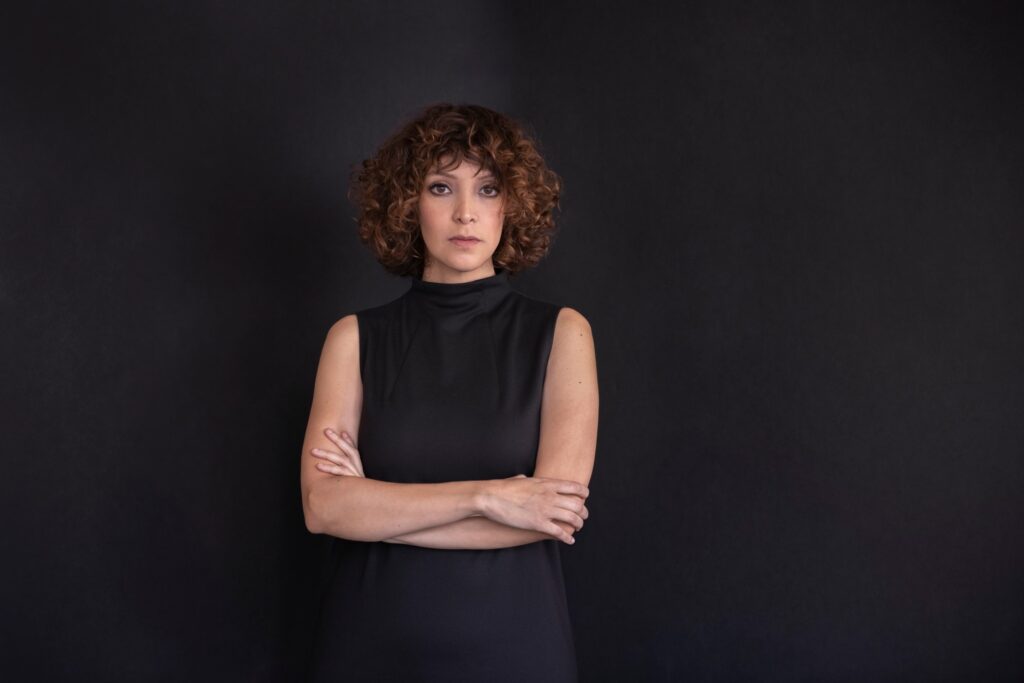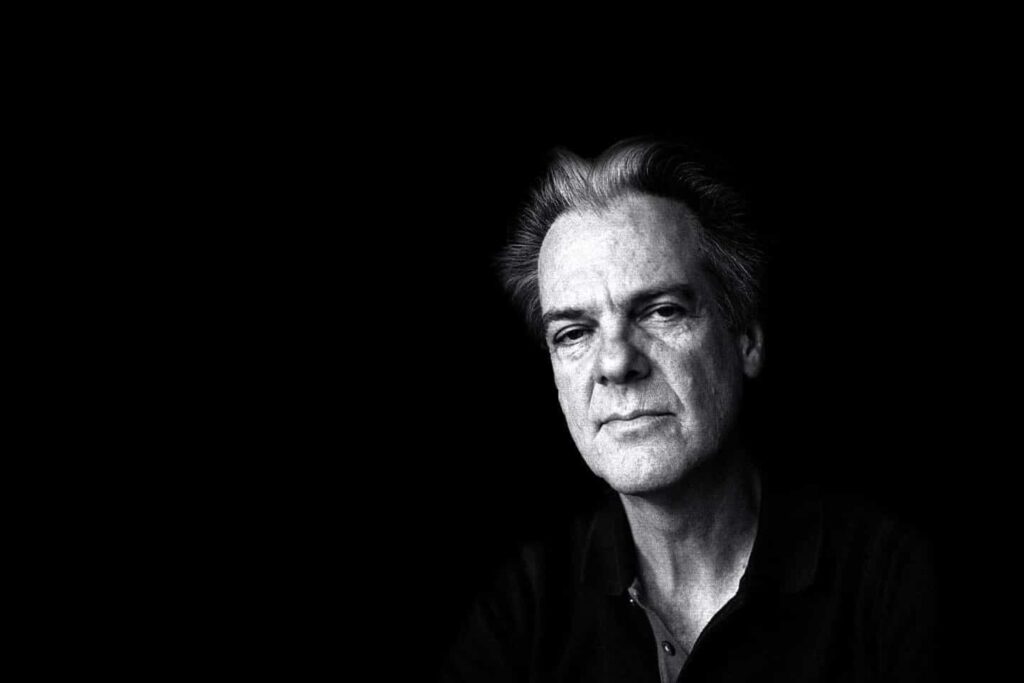To a communications industry analyst, the essence of Skype is its disruptive nature – by its very design it empowers the average user to bypass standard customer tariffs, and placing the user at the focus of the service, rather than the service provider. It’s an analytical assessment that’s not far from the DIY ethos at the heart of Aa.
Atkinson joined Aa about a year following their formation by Josh Bonati and Aaron Wahl (and a former member, Shaun). “It was a really exciting time in Brooklyn,” Atkinson recalls. “The DIY scene was starting to take off and there’d always be shows in warehouses and lofts that you’d never been to, and which would never have a show again. Tons of bands were doing really noisy and experimental stuff. I think the band got together because we all knew people in that scene.”
Wahl and Bonati were subsequently invited to put together a band for a show, the objective of which Atkinson describes as “putting together the ultimate band for a grimy loft show – doing our own PA, our own lights”. He met the other members of the band in the DIY scene before seeing the fledgling Aa one night. “It was like nothing I’d ever seen before,” Atkinson recalls. “Songs would come and go – there was no in between songs. It was really stark looking and people would be climbing up on the bar. I thought it was the kind of band that I wanted to be in – the kind of band that everyone should want to be in.”
Atkinson eventually began sharing a house with Wahl and Bonati, which led to the odd jam session. One thing led to another, and Atkinson was invited to join the band. “Seven years later, here I am,” he laughs.
Aa aren’t a conventional band by any stretch of the imagination. While the band’s recordings are notionally divided into distinct songs, the distinction is more about texture and aesthetic than particular melodic structures. Yet for all of the outwardly ‘fluid’ nature of Aa’s canon, there is a collective focus within the music. “Our writing is all super democratic,” Atkinson explains. “Sometimes someone brings in an idea for a song, but no one ever brings in a fully developed song. Everyone’s always doing to different kinds of things. And a lot of our music is based on samples, so it’s not like someone’s saying ‘which note shall I play for this song?’ Every song starts out with a completely blank canvas, and from there everyone works on what they’re doing. And if any one point someone’s not happy with the song, we put it aside.”
With a live show that combines noise, samples and a tailored light show, a typical Aa performance is, er, atypical. “The general criteria for our shows is that it’s gotta be totally unique – it can’t sound like anything else,” Atkinson says. “I see a lot of bands putting together experimental music in a simple sort of way – like, ‘let’s take the beat of genre X and add the instrumentation of genre Y with a special twist’, but it’s always recognisable. With us, there’s always a future element – Aaron says with our music, it always has to sound like it’s from the future, which is ironic because I keep thinking that every band should be doing what we’re doing – it’s so obvious.
“So our music is futuristic, not too melodic, heavy, intense, beautiful, digital, kind of psychedelic in parts and industrial at times.”
As for audience sensory expectations, Atkinson says Aa turns their minds to how the audience will experience the band’s music. “We’re in control of the lighting and the positioning – we want to make it a total experience, a total art work. We want people to be totally overwhelmed.”

